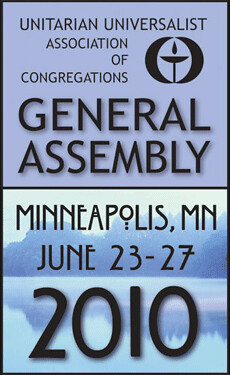
(A couple of years ago, I posted a few of the
parables of
Safed the
Sage, which was a popular series of columns written by the Rev. William Eleazar Barton about a century ago. For some reason I was thinking about Safed again recently, and so here's another.)
There came to our city a Woman who called often at the house wherein we abide, and she counted herself a friend of Keturah. And I asked of Keturah saying, Is this Susie person married or single?
And Keturah answered, Both.
And I said, It is just about what I should have expected.
And Keturah said, She hath many of the marks of Genius, and she knoweth many persons who are Geniuses. Yea, and she hath invited us to spend an evening with her and meet a Group of her Friends, all of whom are Geniuses in their way.
So we went, I and Keturah, and we spent an evening in the Flat of Susie. And she trotted out her Geniuses.
And there was a Poetess who wrote Vers Libre so wonderful that it could not be told from Prose. And there was a Musician who played his Violin after a new theory which maintained that Music should have neither Melody nor Harmony nor Key nor Time, but reach High Levels of Soul through Free Interpretation. And there was an Author, who had writ a Great Book, so profound that no Publisher could understand it or see the need of publishing it. And there was a woman who had a New Theory of Thought-Transmission, and interpreting Morals in terms of Music, and Music in terms of Color.
And Susie introduced them to us, one by one, and I and Keturah were about the only people there who were not Geniuses. So they began every man and woman of them to tell us their Theories.
And when we came away, we were weary, and we walked not, but ordered a Taxi.
And Keturah said, It was a Great Social Triumph for Susie.
And I answered, Yea.
And Keturah said, And I was Bored.
And I said, So was I, unless there be in the Dictionary some word which meaneth the same and then some.
And I said, Keturah, Thou are no Genius, neither am I. But thou are mighty Good and Wonderous Sensible, and I am a Philosopher, which is, being interpreted, a man with Good Ordinary Common Sense.
And Keturah said, An evening with a Choice Assortment of Geniuses is like unto a Feast in a Pickle Factory.
And I said unto her, God hath need of mighty few Geniuses; and as for a job lot like that we have met, it is of the Lord’s mercies that they are not consumed. Let us be thankful that in this world are so large a number of Commonplace Sensible Folk.





